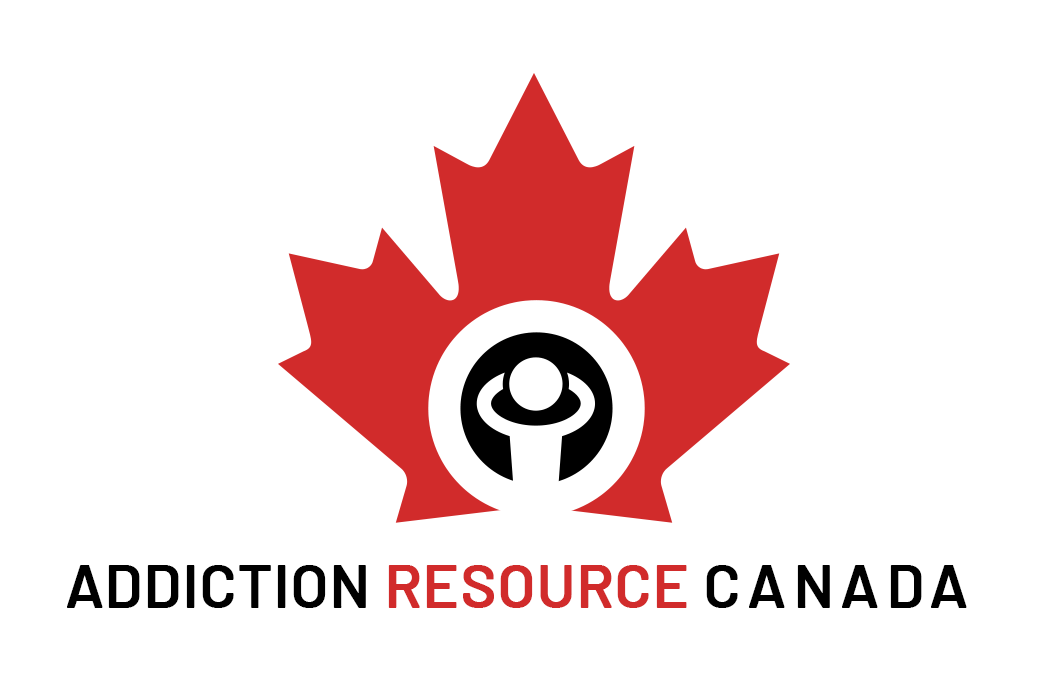Alcohol Detox
While detox and withdrawal from most drugs may not be life threatening, alcohol is one of the few substances that can produce deadly withdrawal symptoms. Alcohol remains the most common substance of abuse and is so vastly used that people may not realize the impact that alcohol has on mortality and morbidity rates across all age groups. Most of the symptoms associated with alcohol withdrawal relate to a condition called delirium tremens. Commonly known as the DTs, delirium tremens can have dangerous effects on blood pressure, heart rate and breathing and is a severe form of alcohol withdrawal that’s most commonly associated with heavy and prolonged use. DTs is a medical emergency and can result in death if it goes untreated. It is always recommended that someone who has a severe addiction to alcohol receive medically supervised detox.
Detox symptoms may begin within five hours of discontinued alcohol use and can continue for days or even weeks. Alcohol withdrawal should be supervised by a doctor to ensure the safest outcome for the client. Again, alcohol withdrawal can be life-threatening and it is critical to have medical support during alcohol detox.
People who are going through alcohol detox or withdrawal may experience:
- Delirium tremens (DTs)
- Irregular blood pressure
- Seizures
- Severe dehydration
- Severe anxiety or panic attacks
- Depression or anxiety
- Flu-like symptoms like muscle weakness or muscle pain
- Shaking, sweats and chills
- Sleeplessness
- Stomach pain and cramping
- Blurred vision, dry eyes and seeing spots
- Headaches
- Hallucinations
- Heightened sensitivity to lights, smells and sounds
- Unsteadiness or dizziness

Opioid Detox
Opioid detox is a bit different from detox options frequently provided for other substances of abuse and addiction. There are medications that have been approved by Health Canada and the Food and Drug Administration (FDA) in the United States for the sole purpose of treating opioid addiction. The use of Medication Assisted Treatment (MAT) has given rise to a number of different opioid detox approaches and inpatient or residential care with MAT is the gold standard for optimum comfort, safety and best outcomes.
MAT used to manage opioid dependence can help to alleviate difficult withdrawal symptoms associated with opioids. Drugs such as methodone and Suboxone which are opioid agonists or partial agonists are given to clients to stabilize detox symptoms and then gradually tapered off so as to avoid experience withdrawal symptoms.
The duration of opioid withdrawal symptoms strongly depends on whether the drug is long acting or short acting. Heroin is relatively short acting and withdrawal symptoms will appear within hours after the last dose and may get better within a few days, while longer-acting opioids like Oxicontin may not elicit withdrawal symptoms until a few days after the last dose, possibly lasting for weeks.
Withdrawal symptoms from opioids can include:
- Intense cravings
- Sweats, chills, goosebumps
- Muscle aches.
- Bone and joint pain.
- Increased sensitivity to pain.
- Diareha and abdominal cramps
- Blurred vision and watery eyes
- Nausea and vomiting
- Gastrointestinal distress.
Heroin is one of the most commonly abused opiates and many users become physically dependent on heroin because of the intense euphoria it produces. The severity of heroin withdrawal is very severe in terms of cravings and is the main reason that addicts find it so hard to quit. Heroin detox symptoms may continue after the initial withdrawal phase and former heroin users may feel restless, anxious and edgy for several weeks to months. Heroin withdrawal is rarely fatal, but the physical side effects and emotional toll of giving up this potent drug can be devastating.
Medication Assisted Treatment (MAT) can be highly effective at addressing heroin addiction and relieving cravings and withdrawal symptoms. Methadone and Suboxone are often prescribed to help users survive the effects of heroin withdrawal. Medications like naltrexone may be prescribed to help block the effects of heroin on the brain, so that the addict no longer feels that euphoric rush after taking the drug.
Benzodiazepines
Benzodiazepines, or benzos, are a class of drug that are used to treat general anxiety, insomnia, depression, panic disorders, seizures and acute stress reactions. They decrease the activity in the brain and suppress the central nervous system and make users feel drowsy and calm. Benzos have a high potential for dependence and abuse because of their addictive properties. In fact, addiction can occur in as little as four to six weeks after regular use. Some of the most frequently prescribed benzodiazepines are Valium, Xanax and Ativan.
If clients are taking benzodiazepines on a regular basis, they may experience a cluster of withdrawal symptoms if they suddenly stop using them. These symptoms include:
- Severe anxiety or panic attacks
- Depression or anxiety
- Heart palpatations
- Flu-like symptoms like muscle spasm, weakness or muscle pain
- Shaking, sweats and chills
- Sleeplessness
- Stomach pain and cramping
- Blurred vision, dry eyes and seeing spots
- Headaches
- Hallucinations
- Numbness or tingling in legs and arms
- Heightened sensitivity to lights, smells and sounds
- Unsteadiness or dizziness
The severity of these symptoms depends on dosage, the duration of use and whether they were stopped abruptly or slowly tapered off. Since this medication works on slowing brain activity, the brain has trouble adapting to this sudden change when they are no longer taken.
Benzodiazepines are one of the most dangerous drugs to withdraw from due to the serious risks involved including seizures, severe depression, anxiety, suicidal thoughts and psychosis. IT IS IMPORTANT THAT CLIENTS DO NOT ATTEPT TO WITHDRAW FROM BENZOS WITHOUT MEDICAL SUPPORT
Cocaine
Cocaine alters the way the brain processes dopamine, a neurotransmitter that creates feelings of pleasure and well-being. Cocaine is also a central nervous system stimulant that speeds up involuntary processes like heart rate and respiration. People who become dependent on cocaine find it hard to give up that rush of energy and heightened mental focus that the drug seems to bring. The chances of a relapse with cocaine are high if clients don’t have the support they need to get through the intense detox period.
Users who are withdrawing from cocaine may experience:
- Strange, vivid dreams.
- Feel ravenously hungry, agitated and edgy.
- A feeling that their physical and mental functions have slowed down to an unbearable crawl.
- A crash causing feelings of fatigue, depression and intense cravings for the drug
Methamphetamines “meth:”
Methamphetamine, or meth, is a psychoactive stimulant that creates the sensation of seeing and feeling things in fast-forward. After taking meth, there may be an experience or surge of elation caused by the sudden release of dopamine. Meth will bring on the sensation of feeling alert and awake, may lead to weight loss and lead to a heightened sex-drive. Meth can also lead to psychological dependence on the drug, so there is feeling that a person cannot function normally without it.
After stopping meth, clients may feel intense hunger, fatigue and depression. Withdrawal from the drug often causes an emotional crash as the brain adjusts to the absence of the drug. Meth withdrawal may cause severe anxiety and suicidal thoughts. Cravings for the drug are intense in the withdrawal stage, making the risk of relapse very high. It is important that clients have supervised detox from meth due to the emotional labiality and impulsive Behaviour accompanying this process.
Withdrawal from stimulants such as meth may cause symptoms such as:
- Extreme cravings
- Depression
- Extreme fatigue
- “Emotional crash”
- Extreme anxiety
- Suicidal thoughts and Behaviours
Marijuana.
Contrary to popular belief, marijuana is addictive and can cause withdrawal symptoms with cessation of use. These symptoms can include:
- Aggression.
- Anxiety.
- Depression.
- Physical symptoms such as fever, sweating, tremors, and stomach pain.

